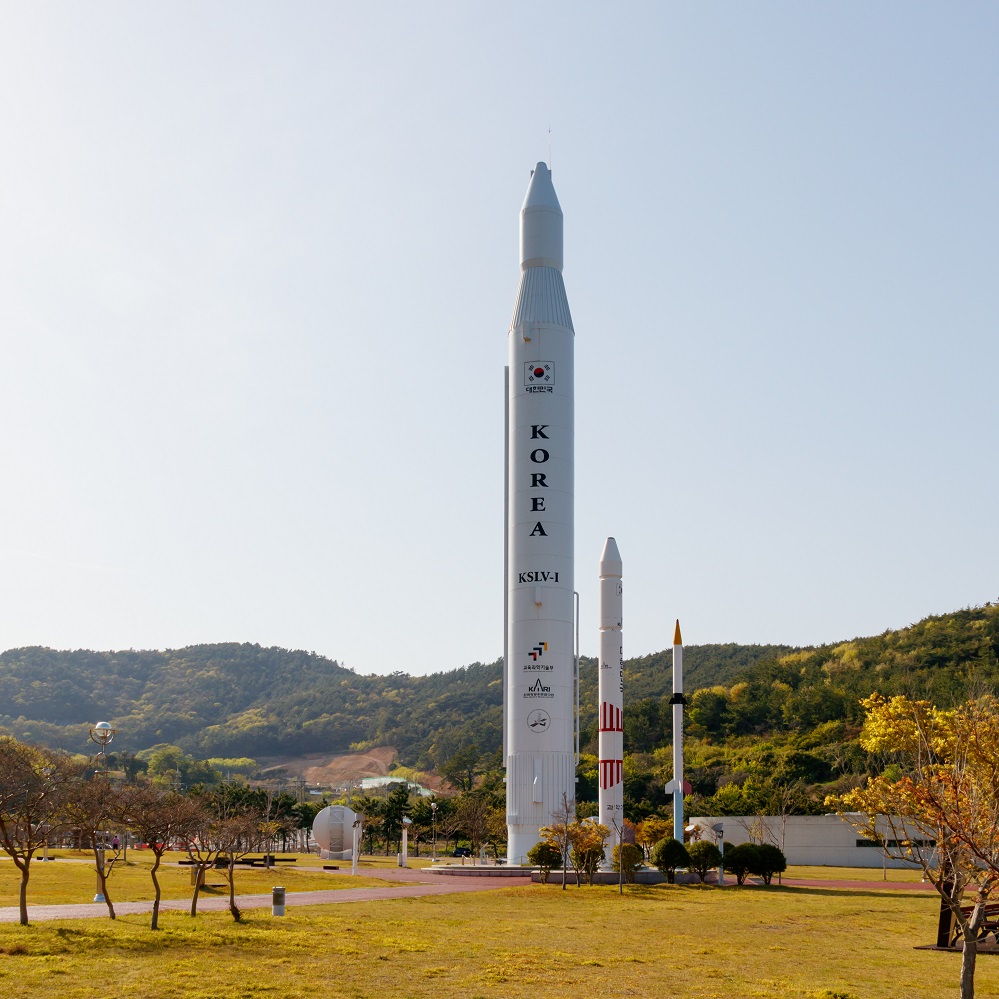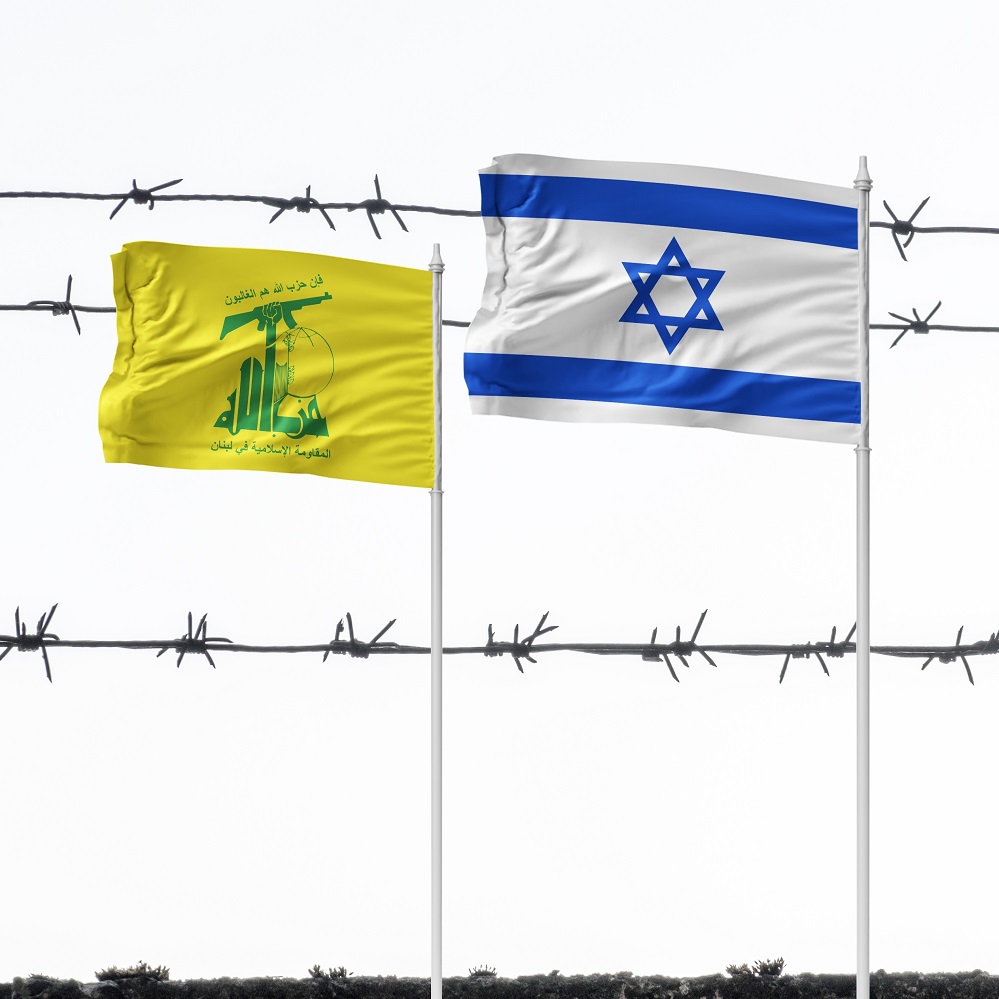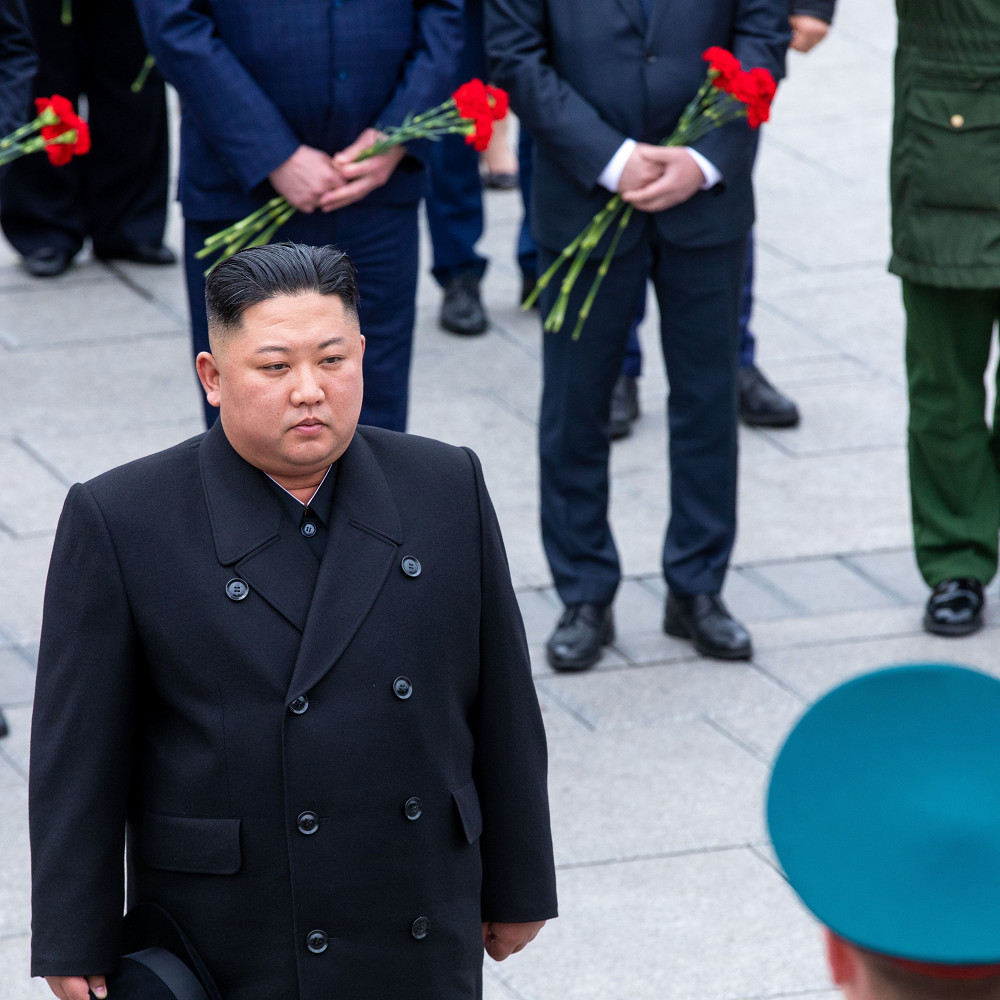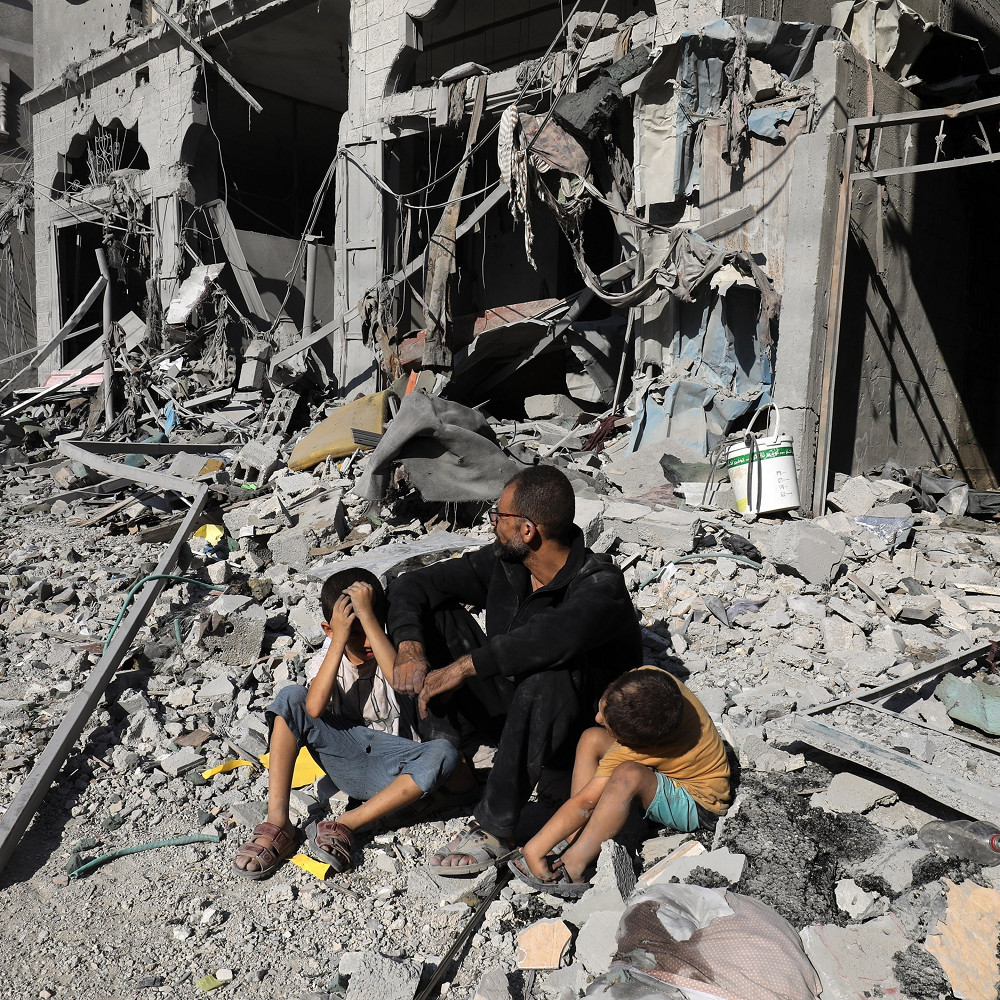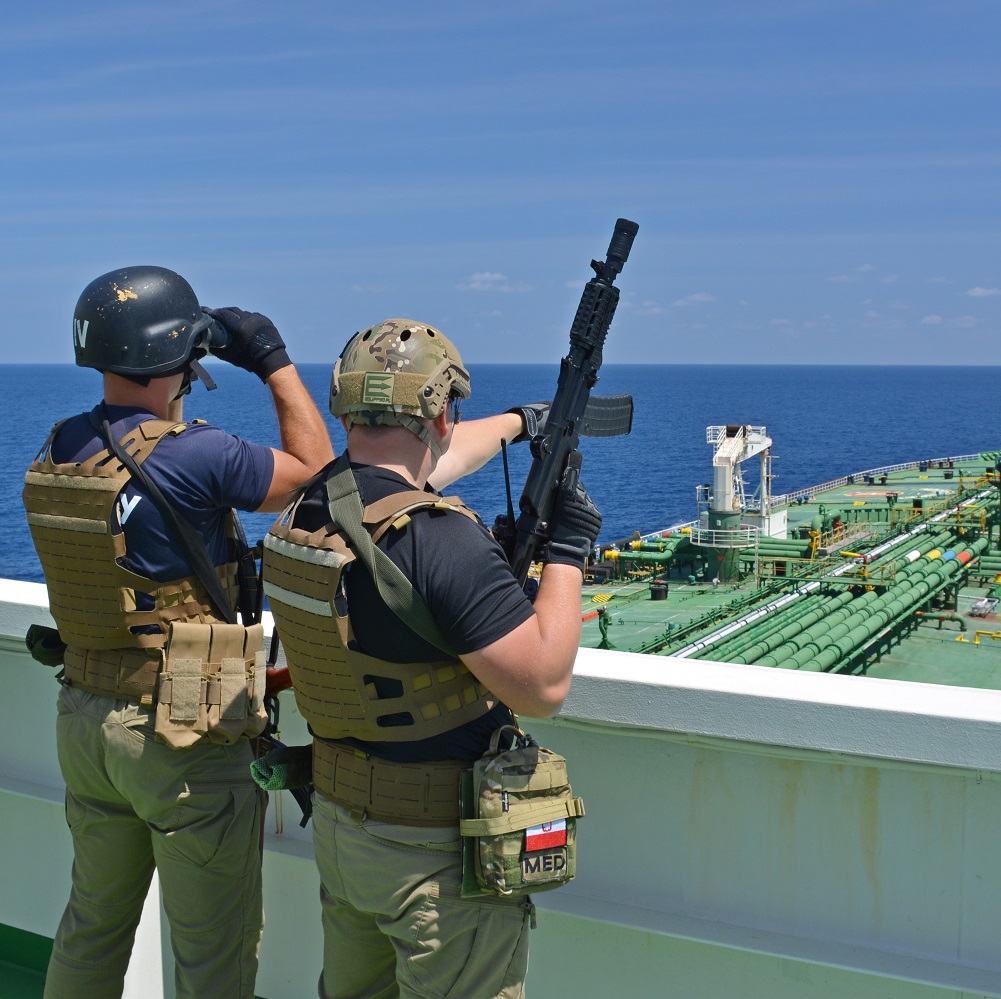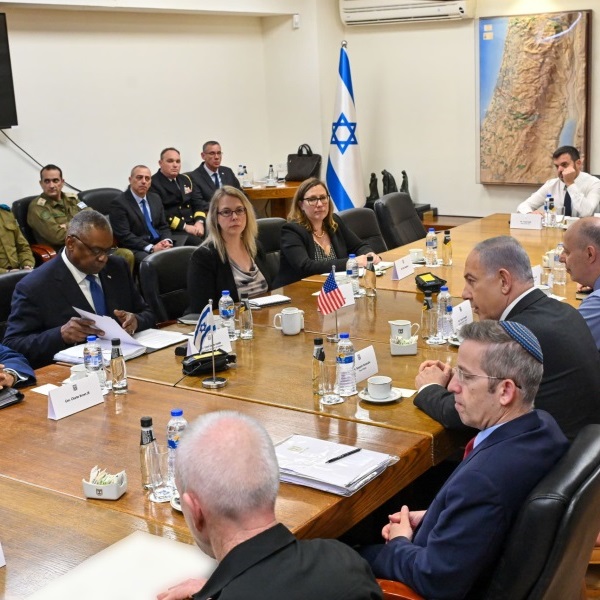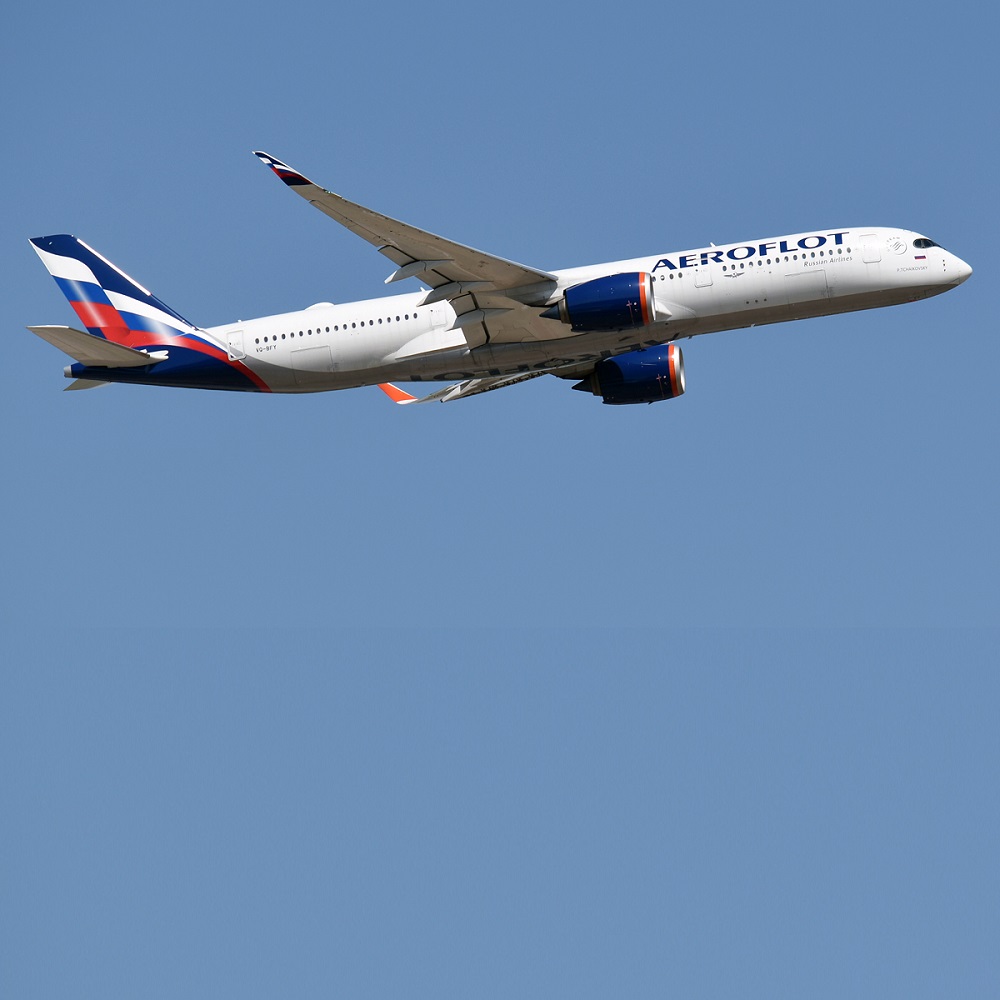
How the Drone War in Ukraine Is Transforming Conflict
by Kristen D. Thompson
Drone technology has been used extensively in twenty-first-century armed conflict, but the Russia-Ukraine war is driving innovations in autonomous warfare not seen on other battlefields. From drones that fit in the palm of the hand to drones weighing more than 1,000 pounds (454 kilograms), Ukraine has built and acquired a diverse fleet of remotely piloted aircraft to complicate and frustrate Russia’s advances. The constantly evolving scope of this technology and its ever-growing use signal not only the potential for drones to level the playing field in the Russia-Ukraine war, but also their ability to influence how future conflicts are waged. Why is the war in Ukraine a hotbed for drones? As the war enters its third calendar year, neither side is close to achieving air superiority. Most military analysts expected that Russia, with its superior air power, would quickly seize control of contested airspace early in the conflict. But surprisingly, Ukraine’s defenses, later bolstered by Western systems, were able to repel and deter Russian aircraft from making near-border and cross-border strikes. The inability of either side to break through the other’s integrated air defenses has forced them to increase the agility of their fielded forces and rely more heavily on standoff weapons, including long-range artillery, missiles, and drones. These conditions have led to the development of new drone technologies that could help Ukraine level the playing field in the air battle and possibly turn the tide of the war in its favor. What technologies are in use? Ukraine’s drone deployment has evolved with the changing battlefield. During earlier stages of the war—when Russia’s air defense and electronic-warfare capabilities were less pronounced—Ukraine relied on larger drones such as the Turkish TB2 Bayraktar to great effect. The TB2’s ability to carry multiple air-to-ground munitions and loiter for long periods allowed Ukrainian forces to penetrate Russian air defenses and strike heavy targets. However, as time progressed and Russia took greater control of the skies, it was able to detect and shoot down these larger models more easily. The TB2 may maintain some relevance—its sensor suite and considerable range still enable Ukrainian operators to collect intelligence—but Ukraine has nonetheless shifted to using smaller drone technology to adapt to Russian advances. The more abundant, smaller drones are proving to be serious game changers in that they have given Ukraine better battlespace awareness and more capability to hit targets. The Ukrainians have tapped into commercial technology—the same recreational products available to civilians—to get cheap, off-the-shelf drones onto the battlefield quickly. Many of these “hobbyist” drones have been acquired through grassroots crowdfunding efforts, or “dronations.” At just one thousand dollars per unit, the small drones can be rapidly amassed and repurposed by operators for a specific effect. For example, the popular first-person view (FPV) drones commonly used for racing or filmmaking are retrofitted with makeshift explosives and flown to strike fixed targets at relatively low cost. These drones can carry out single-use strikes with high precision while remaining less susceptible to Russian air defense systems. Additionally, the Ukrainians have repurposed significant aspects of their domestic economy to support the new drone supply chain, increasing their drone-making capabilities through public-private partnerships. One year ago, Ukraine had seven domestic drone manufacturers and it now has at least eighty. As for Russian drone technology, Moscow deploys indigenous models, such as the Orion, Eleron-3, Orlan-10, and Lancet, but Western sanctions on crucial Russian supply chains have prevented Moscow from excelling in drone production. Instead, Russia has turned to Iran for a steady supply. The Russians now boast an extensive fleet of Iranian-made Shahed-136 drones that can carry 100 pounds (45.4 kilograms) of explosives over a range of 1,200 miles (1931 kilometers). How are drones shaping the war? This conflict has demonstrated the battlefield advantages of drones, which have become smaller, more lethal, easier to operate, and available to almost anyone. They compress the so-called kill chain, shortening the time from when a target is detected to when it is destroyed, and they can bolster a military’s ability to reconnoiter the forward edge of the battlefield. Drones with longer endurance profiles can effectively conduct hours of reconnaissance, enabling other, more advanced drones to carry out precision strikes deep inside enemy territory. Other models enable individual soldiers to monitor adversary movement without risking lives or giving up the soldier’s position. Drones can also play an important international humanitarian role, for instance, by conducting battle and collateral damage assessments or exposing war crimes. U.S. drone manufacturer Skydio recently donated nine drones that—with their high-resolution cameras—will be used to help Ukraine document potential Russian war crimes. Through the U.S. Agency for International Development (USAID), images captured will be used to aid the Office of the Prosecutor General in documenting many instances of human rights abuses. What are the defenses against drones? Drones are susceptible to air defenses. Larger drones with a distinct radar cross-section are easy, slow-moving targets for air defense interceptors and anti-drone guns; both Ukraine and Russia have downed thousands of drones with their interceptors and artillery. However, the continual use of these systems by both Ukraine and Russia can be prohibitively costly, as a single drone could cost thousands or even millions of dollars to intercept. An emerging challenge of counter-drone defense is the need to develop and employ a system that is cheaper than its target. Crucially, smaller drones that can swarm toward a target are more difficult to shoot down. as they can overwhelm air defense systems. A key countermeasure has been to utilize electronic warfare in the form of jammers, spoofers, and high-energy lasers that prevent drones from reaching their target. Jammers—used by both Russia and Ukraine—send out powerful electromagnetic signals that can cause a target drone to fall to the ground, veer off course, or turn around and attack its operator. As the war progresses, both sides are continually investing in and adapting electronic warfare tactics to counter the innovations of their adversary. How will the drone war evolve? The Russia-Ukraine conflict has demonstrated that innovations in drone technology can change the balance of power in the air defense domain especially. While Russia seeks to build pockets of air superiority and bolster its drone production and anti-drone defenses, Ukraine continues to develop both more and less sophisticated solutions. In a recently uncovered partnership project with Iran, Russia finished constructing a drone factory in Tatarstan, 500 miles (805 kilometers) east of Moscow, where it could produce an estimated six thousand Shahed-136 prototypes (renamed the Geran-2 by Moscow) by mid-2025. This expanded drone production could be enough to counter Russia’s shortage of drones on the front lines and turn the tide of the conflict in its favor. However, Ukraine’s ability to acquire and crowdsource commercial drone technology, tactically modify drones in the field based on real-time feedback, and alter tactics to defeat anti-drone systems have proved to be crucial to its war effort. Even while overmatched force-wise, Ukraine has shown how savvy technological adaptation can change twenty-first century warfare and could tip the balance of power in favor of the force that is more innovative. Editor’s Note: Opinions, conclusions, and recommendations expressed or implied within are solely those of the author.









